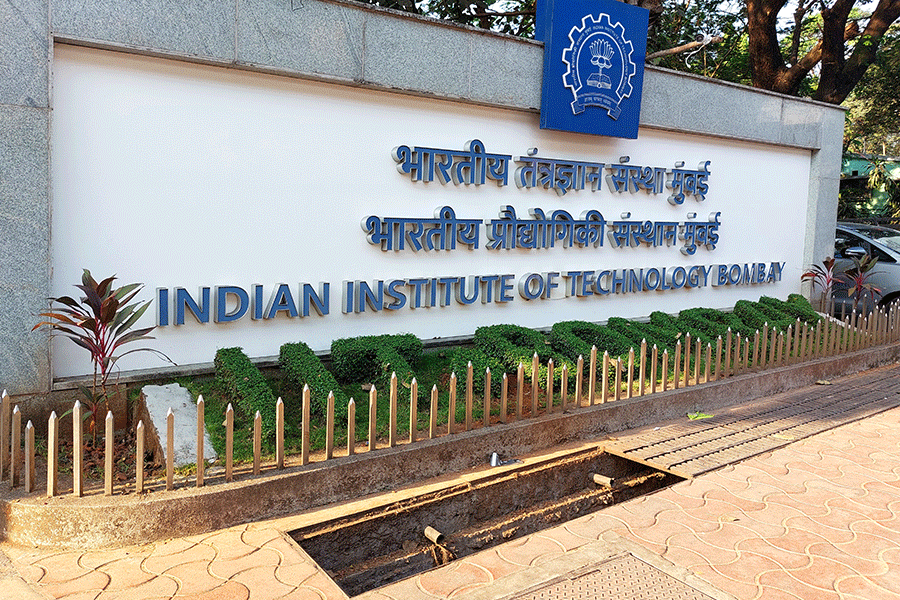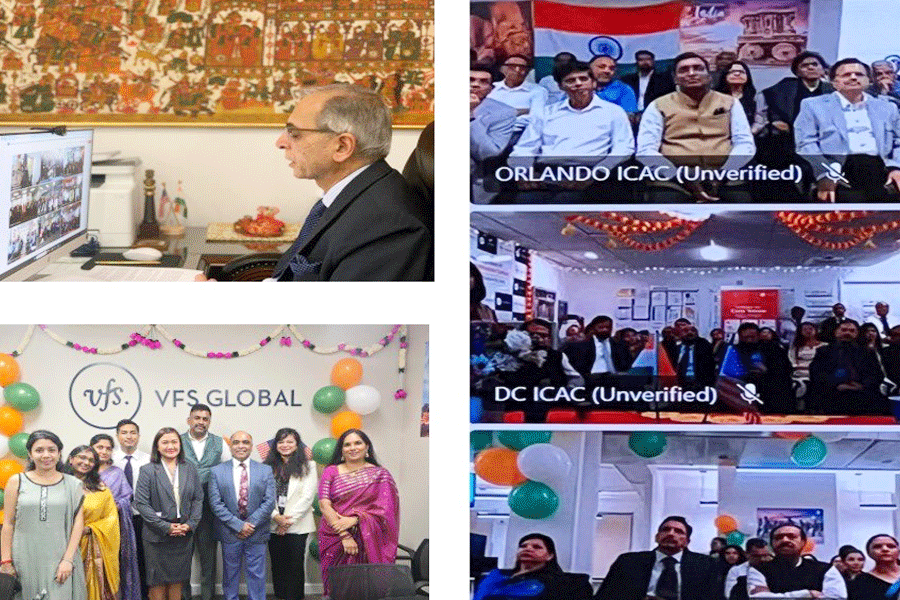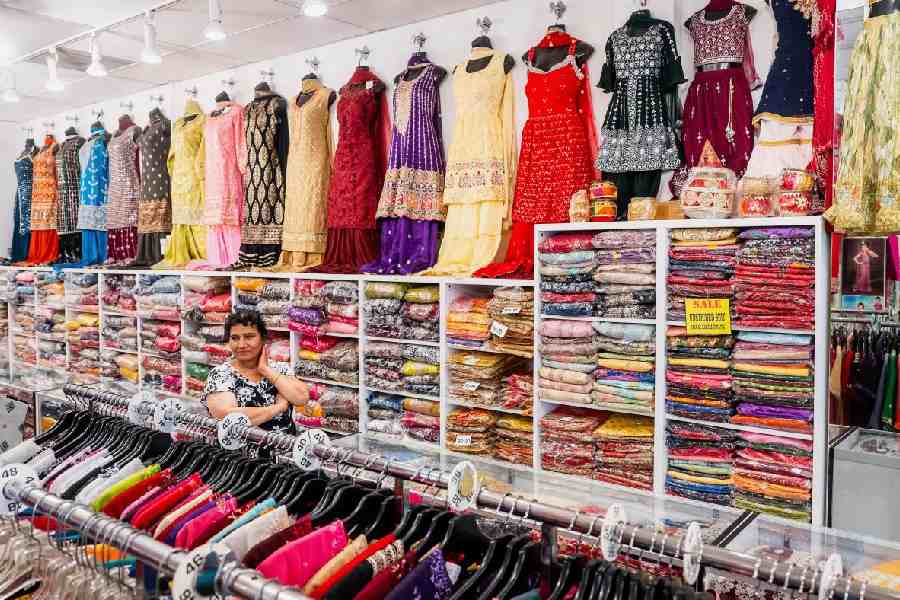 |
| Food from Jharkhand, especially in rural areas, is easy to cook and easy on the pocket. Picture by Bhola Prasad |
Of the 15 years of my stay in Ranchi, the most distinctive thing in the region that struck me was the vast array of dishes that is typical of this region.
When I moved to the city after marriage I had no idea that the local fare had such a diverse taste. The original people of Jharkhand, that is the tribals and the ?Lal Sahebs? had developed over the years, a wide variety of delicacies, which find a place in the basic diet even today.
Let?s take the example of the table full of ?Chhotanagpuri? dishes.
A vast range of recipes, including desserts, have rice as the basic ingredient in case of ?Chhotanagpuri? dishes. The dishes are oil-free, light and are cooked in a way that is individual and interesting.
In all ?Chhotanagpuri? homes, the most demanded foods, chilka and dhuska, are a must for breakfast or dinner.
Chilka, being most easily digestible, rules the roost as far as frequency of preparation is concerned. It is some-what like the south Indian dosa except for the fact that urad daal of dosa is replaced with chana daal in chilka.
In addition to this, the quantity of Chana daal is also less, as compared to that of urad daal in dosa.
To make chilka, the soaked rice and chana daal are grounded finely to form a paste. After seasoning with cumin seeds and salts, this paste is diluted with water to form a thin batter. In fact the people take the chilka so seriously that the tava used for making chilka is not used for any other purpose, and is kept exclusively aside.
For chilka the heated tava is greased lightly with oil. Rice paste is then scattered very lightly and deftly with oil, using fingers. The surface is then greased again with specially made chapatis (made of sal leaves). It is turned over with with the help of special khusni (preferably made of iron) and since the layer is very thin, it hardly takes a minute or so for a chilka to be cooked.
All this might sound a bit complicated at the beginning, but with practice, it becomes easier and simpler.
When, I had first seen my mother-in-law and sisters-in-law dish out fine, crispy chilkas, I thought, I would never be able to cook one myself. But, with regular effort, my experiments turned simpler and offered me an option of displaying a variety on the dining table once in a while.
The next delicacy is dhuska, which again is a combination of rice and chana daal and no Jharkhand meal is complete without it.
For this chana daal is coarsely grounded unlike in chilka. The paste is then seasoned with cumin seeds, a pinch of asafoetida and salt and then deep fried in round shapes with the help of a ladle.
Seasonal vegetables like peas and green grams are also coarsely grounded and added to the dhuska mixture for taste and variation. It goes very well with mutton curry and tomato chutney.
But, the most sought-after, food item in this region, the piece-de-resistance is perhaps the peetha.
Come winter, and the entire region goes up for peetha-meat.
For peetha too rice is used. Powdered rice is added to boiling water and cooked till the entire water dries up. When this cools, it is pounded to form a smooth dough called kathu. This dough is used for a number of dishes.
When made into balls and rolled with roller-pins, we have plain kathu rotis. Similarly, when stuffed with a paste of soaked urad daal, cumin seeds, green chillies, ginger, and asafoetida, it offers another variety of rotis called pasrava roti.
But the most demanded dish that this kathu conjures up, is, undoubtedly, the peetha. Small balls of kathu are flattened and very deftly pressed against the palms with finger tips to form a ?katori? (bowl) shape. The filling consists of a paste of urad daal, cumin seeds, ginger, green chillies and asafoetida. The stuffed peethas are then steamed.
After this a splash of desi ghee is smeared over them and they are ready to be served with hot mutton curry.
If this does not tempt one then are other delicacies that the peetha may be turned to such as purra peetha and kholanga.
Here are again rice and urad daal combinations, which are not only tasty but healthy are used. For purra peetha several Saal leaves are strewn together to form leaf-plates. The batter of urad daal and rice is then filled between the two plates and sewn again from all sides, so that it does not spill out.
These stuffed plates are then cooked over the tava and turned alternately, so that both sides are evenly cooked. When done, the burnt leaves are carefully removed and the cake is cut into squares or rectangular shapes, to be served after smearing desi ghee on it.
The kholangas are of a similar genre because the same paste of urad daal and rice is used here too.
The difference here is that the pastes are filled inside single Saal leaves, which are strewn to form the shape of small triangles.
The cooking process is different too. The kholangas are steamed and then served with a dash of desi ghee tossed on it.
Even the desserts of this region are unique in flavour. Take chachi peetha, manda, arsa and dhakkan dabba for example. They all have a distinctive taste of their own.
My experience with these food and their diversity often compels me to wonder whether the rest of the country actually knows what Jharkhand offers in terms of flavour and taste. It is time India wakes up the culinary delights of Jharkhand.










